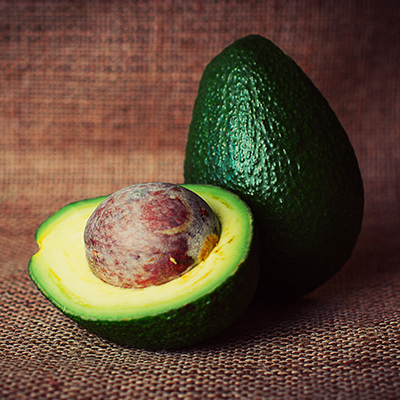Diversifying your Portfolio with Bonds/Sukuk
Experienced investors know the importance of having a diversified portfolio to grow their wealth. Equities, property, a variety of unit trust funds, cash as well as bonds/sukuk, should form core elements of your financial portfolio.
Due to the general unavailability of bonds/sukuk to ordinary retail investors and the high entry-level investment required, the avenue for investors to bonds/sukuk has traditionally been via unit trust funds.
Standard Chartered offers you greater access to bonds/sukuk in multiple currencies at a minimum amount of US$50,000 or its equivalent*.
* US$50,000 applies to foreign currency bonds/sukuk only. A minimum of RM250,000 will be required for local currency (MYR) denominated bonds/sukuk.
The basics on bonds/sukuk
When companies and governments need to raise money for various reasons, from infrastructure to expansion, they issue bonds/sukuk which can run into hundreds of million in Ringgit Malaysia and foreign currencies. Institutions and investors then lend money by purchasing the bonds/sukuk in return for interest/return, much like how a loan works. These bonds/sukuk can then be bought and sold on the secondary market.
|
Basic bond/sukuk terminology
|
| Issuer |
The party seeking to raise funds |
| Investor |
The party lending funds to the issuer |
| Coupon/Return |
The interest rate paid to the investor |
| Yield |
The return on your bond/sukuk investment |
| Face value |
The amount borrowed stated on the bond/sukuk |
| Trading at a discount |
The bond/sukuk price is lower than its face value |
| Annual discount |
The total yearly amount at which the bond/sukuk price is trading lower than the face value |
| Tenure |
The length of time till the bond/sukuk maturity date |
| Maturity date |
The date on which the Issuer has to repay the face value to the investor |
The pricing of a bond/sukuk
Regardless of the face value of the bond/sukuk or the price at which it was issued, the price of a bond/sukuk on the secondary market may rise or fall, depending on various factors. This bond/sukuk price is usually quoted as a percentage of the face value.
There is an inverse relationship between market interest/benchmark rates and a bond/sukuk’s price: as a general rule, when market interest/benchmark rates rise, the prices of existing bonds/sukuk decline, and when the market interest/benchmark rates decline, prices of existing bonds/sukuk increase. This relationship is one of the factors that explains why a bond/sukuk can trade at a premium price (above face value), at face value, or at a discount (below face value).
|
|
Face value
|
Current market value
|
Price of bond/sukuk described as a % of the face value
|
| Bond/sukuk at discount |
RM100 |
RM98 |
“at 98” |
| Bond/sukuk at par |
RM100 |
RM100 |
“at par” |
| Bond/sukuk at premium |
RM100 |
RM102 |
“at 102” |
Calculating the yield on a bond/sukuk
Disclaimer: Below yield calculation serves as guidance only and may vary from actual trade yield. Please check with your Relationship Manager for more information.
Assume the market value of a RM100 bond/sukuk with 5% p.a. coupon is at RM102. The bond/sukuk is therefore said to be at 102. Let us now calculate the yield on this bond/sukuk.
Annual coupon on the bond /sukuk = 5% x RM100 = RM5
Yield on bond /sukuk = RM5 / RM102 x 100% = 4.90%
The above computation of yield is true if the bond /sukuk has a 1-year tenor. But what if the bond /sukuk has a 10-year tenor? This involves a few additional simple steps.
|
Step
|
Description
|
Calculation
|
| 1 |
Calculate the annual premium you are paying = Premium paid on bond/sukuk / years |
RM2 / 10 years = RM0.20 |
| 2 |
Annual premium expressed as a percentage of market value = Annual premium / market value of bond /sukuk x 100% |
RM0.20 / RM102 x 100% = 0.20% |
| 3 |
Deduct the annual premium from the annual bond /sukuk yield = Yield on bond – annual premium on bond /sukuk |
4.90% – 0.20% = 4.70% is the annual yield on the 10 year bond |
- If the bond/sukuk was trading at a discount, then for step 3, you would need to add the annual discount to the coupon/return yield
- While the above example may not provide a precise answer due to compounding effects over the tenor of a bond /sukuk, it provides an acceptably good indication of the returns or yield you can expect to earn










